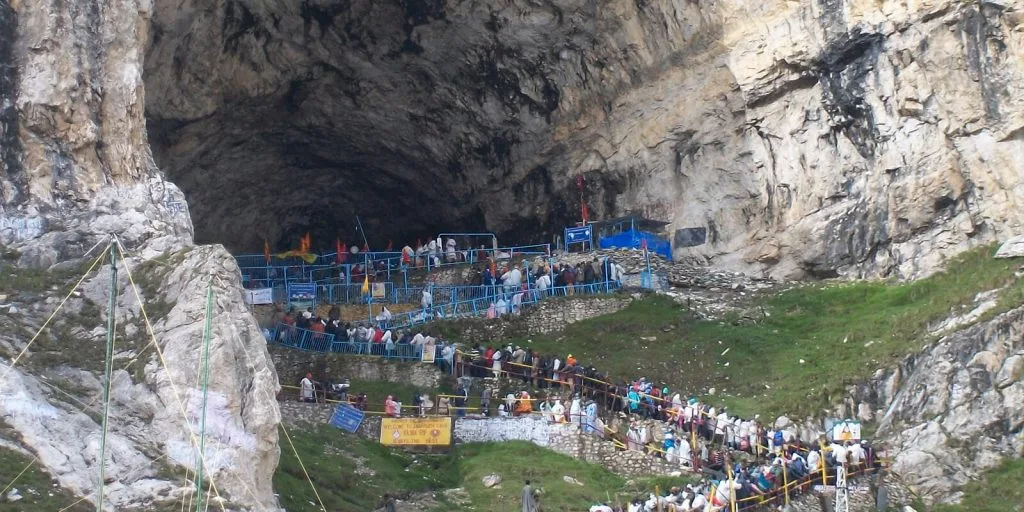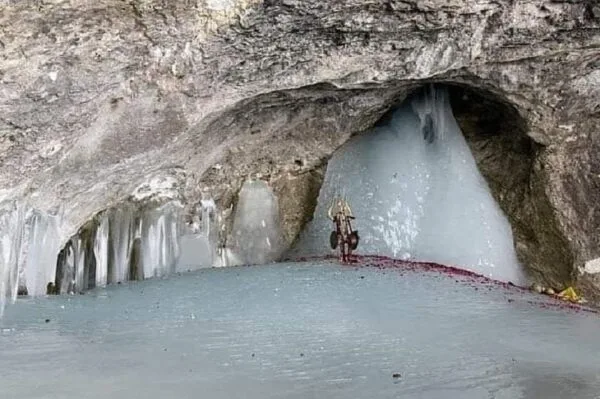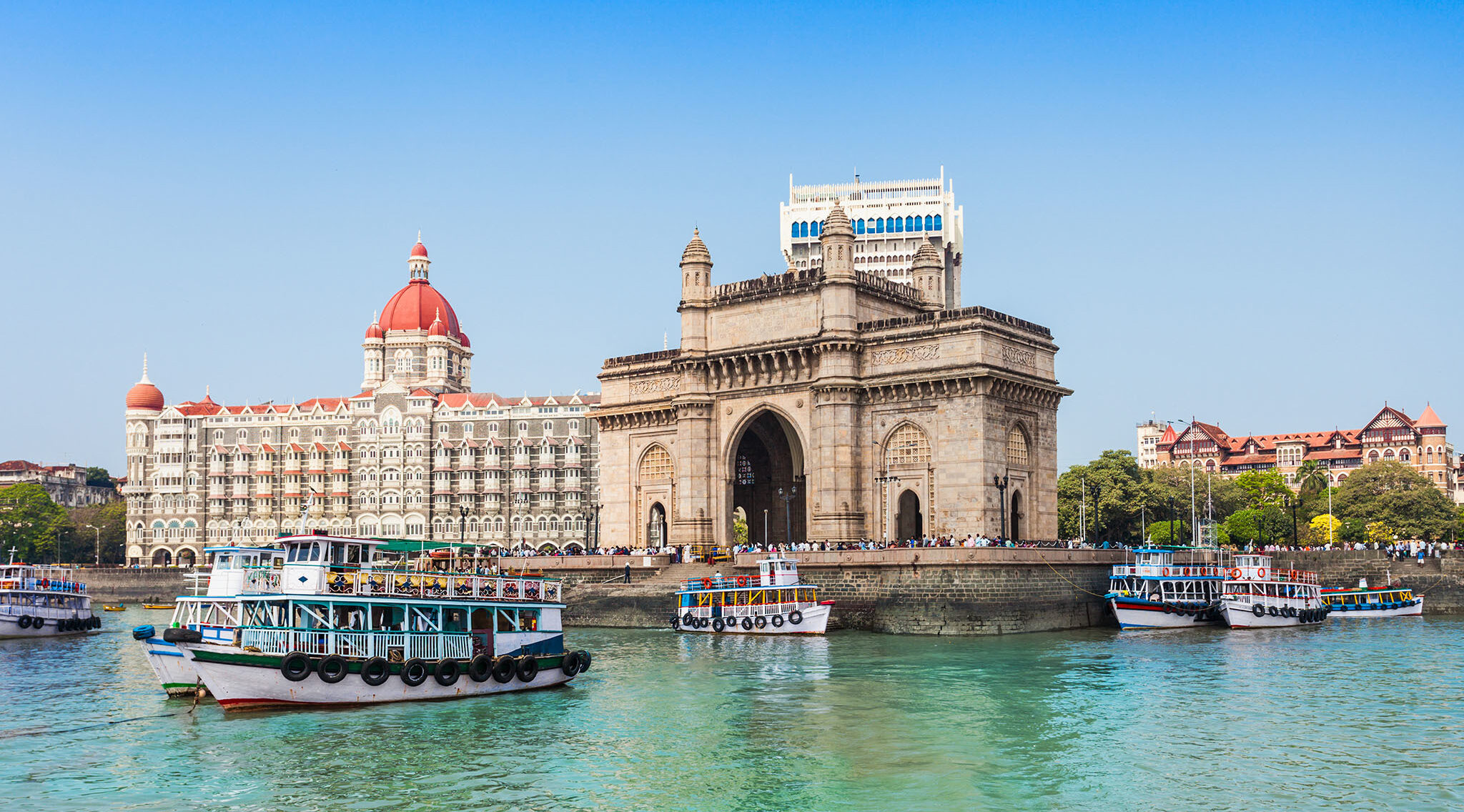Nestled in the ethereal beauty of the Himalayas, the Amarnath Temple stands as a testament to both faith and natural wonder. Devotees from across the globe embark on a pilgrimage to this sacred site, seeking not only spiritual solace but also to witness the awe-inspiring manifestation of divinity.
A Glimpse into History
The history of the Amarnath Temple dates back centuries, with roots deeply intertwined with Hindu mythology. Believed to be over 5,000 years old, the temple holds significance as it is dedicated to Lord Shiva, the supreme deity in the Hindu pantheon. Legends narrate the story of Lord Shiva revealing the secrets of immortality to his consort Parvati in this very cave.

The Sacred Cave and the Lingam
The heart of the temple lies within the Amarnath cave, where an iconic Shiva Lingam naturally forms every year. This phenomenon, considered miraculous, draws devotees and tourists alike. The ice Shiva Lingam is believed to wax and wane with the phases of the moon, signifying the cycle of creation and destruction.
The Arduous Pilgrimage
Undertaking the pilgrimage to Amarnath is no ordinary feat. Pilgrims endure challenging terrains, unpredictable weather, and high altitudes to reach the sacred cave. The journey, often on foot or by ponies, adds a layer of spiritual discipline to the experience.
Planning Your Spiritual Sojourn
Best Time to Visit
For those considering the pilgrimage to the Amarnath Temple, timing is crucial. The sacred cave is accessible only during the summer months, typically between June and August. Planning your visit during this period ensures a smoother journey and an opportunity to witness the divine ice Lingam in its full glory.
Route Options
Several routes lead to the Amarnath Temple, each offering a unique blend of natural beauty and spiritual significance. The traditional route from Pahalgam presents breathtaking landscapes, while the Baltal route provides a more challenging but equally rewarding trek.
Practical Tips for Pilgrims
Acclimatization and Health
Given the high altitude, acclimatization is paramount for pilgrims. Spending a day or two in the base camps before embarking on the journey helps the body adjust to the reduced oxygen levels. Additionally, maintaining hydration and carrying necessary medications ensures a safe pilgrimage.
Accommodation Options
Several base camps along the pilgrimage route offer accommodation facilities ranging from basic tents to more comfortable lodges. Booking in advance is advisable, especially during the peak pilgrimage season, to secure a spot and make the journey more convenient.
Capturing the Spiritual Odyssey
Photography Guidelines
While the Amarnath Temple and its surroundings offer picturesque vistas, it’s essential to be mindful of the spiritual sanctity of the place. Photography inside the cave is generally discouraged, respecting the sacred nature of the rituals performed by devotees.
Embracing the Local Culture
Interacting with the local communities adds a cultural dimension to the pilgrimage. Learning about the traditions and customs of the region enhances the overall experience, fostering a sense of unity and shared spirituality.
Conclusion: A Journey Beyond Words
Embarking on the pilgrimage to the Amarnath Temple transcends the physical realm; it’s a spiritual odyssey etched in the hearts of those who undertake it. The convergence of faith, history, and nature in this sacred site creates an experience that lingers in the soul, making it a pilgrimage like no other.
Similar Articles
Frequently Asked Questions (FAQs) About Amarnath Temple
1. What is the significance of the Amarnath Temple?
The Amarnath Temple holds immense religious significance as it is dedicated to Lord Shiva. According to Hindu mythology, it is the very place where Lord Shiva revealed the secrets of immortality to Goddess Parvati.
2. How old is the Amarnath Temple?
The temple has a rich history dating back over 5,000 years. Its ancient roots contribute to the sense of reverence that pilgrims feel when visiting this sacred site.
3. When is the best time to visit the Amarnath Temple?
The ideal time to visit the Amarnath Temple is during the summer months, typically between June and August. This is when the sacred cave is accessible, and pilgrims can witness the natural formation of the ice Shiva Lingam.
4. What are the different routes to reach the Amarnath Temple?
There are multiple routes to reach the Amarnath Temple, each offering a distinct experience. The traditional route from Pahalgam and the challenging yet rewarding route from Baltal are two popular options for pilgrims.
5. How can pilgrims prepare for the challenging journey?
Pilgrims should prioritize acclimatization due to the high altitudes. Spending a day or two in base camps before the journey helps the body adjust. Additionally, maintaining hydration and carrying necessary medications is crucial for a safe pilgrimage.
6. Are there accommodation options along the pilgrimage route?
Yes, there are several accommodation options available at various base camps. Pilgrims can choose from basic tents to more comfortable lodges. It is advisable to book accommodations in advance, especially during the peak pilgrimage season.
7. Can photography be done inside the Amarnath cave?
While the surroundings are picturesque, photography inside the cave is generally discouraged. This is to respect the sacred nature of the rituals performed by devotees and maintain the spiritual sanctity of the site.
8. What makes the Amarnath pilgrimage unique?
The Amarnath pilgrimage is unique due to its blend of spirituality, history, and natural beauty. The challenging journey adds a layer of discipline, and the divine manifestation of the ice Shiva Lingam creates an unparalleled spiritual experience.
9. How can pilgrims interact with the local communities?
Interacting with local communities along the pilgrimage route adds a cultural dimension to the journey. Learning about the traditions and customs of the region enhances the overall experience and fosters a sense of unity and shared spirituality.
10. What lasting impact does the pilgrimage have on devotees?
Embarking on the pilgrimage to the Amarnath Temple leaves a lasting impact on the souls of devotees. The convergence of faith, history, and nature creates an experience that transcends the physical realm, making it a pilgrimage like no other.









